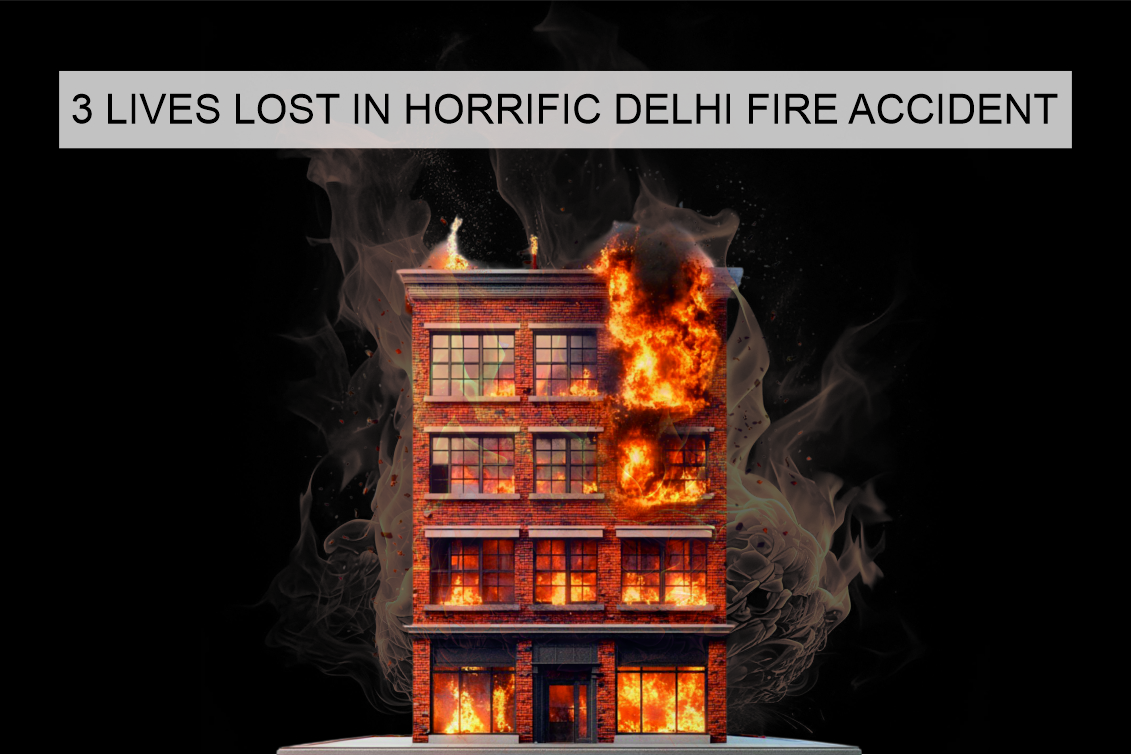DISASTER MANAGEMENT- INDIA SHOWS THE WAY AT G-20
By : Prolite Autoglo

There are some new rarely used terms that have crept into our vocabulary in a big way in recent years. Because some realities that were very distant barely two to three decades ago, are now at our doorstep. Perhaps climate change has been a prime factor in making the term “Disaster Management” a real and present priority across the globe and not just in India.
Prolite Autoglo has actually always been a disaster management company in a practical sense of the term. An accident is a disaster and all steps to prevent an accident or steps to protect life and limb after is disaster management. But haven’t we been doing just that?
India today, is in the forefront in G-20 to sound the bugle on the urgent need to focus on disaster management. The formation of a Disaster Risk Reduction (DRR) working group is undoubtedly India’s one-of-a-kind contribution to the G20. India has raised the concern of building a resilient infrastructure for disaster risk reduction at various international forums and has also called for global support and collaboration on the issue.
The BJP government under the helmsmanship of PM Narendra Modi establishing the National Disaster Management Authority (NDMA), which is in-charge of planning a coordinated disaster related response, or implementing the Aapada Mitra Program, which is a community-based volunteer programme. These measures have all made significant contributions to improving disaster management capabilities.
India has repeatedly emphasized on the importance of developing resilient infrastructure that can withstand natural disasters. Prime Minister Narendra Modi in his ten-point agenda has advocated building resilient infrastructure. This prioritizing can be an important and crucial step in dealing with impossible situations.
In an exclusive interview with DD India, the Member secretary of NDMA, Kamal Kishore talked about the reasons behind India’s achievements in disaster management. Mr. Kamal Kishore highlighted three elements that are behind India’s effort of minimizing disaster’s effects.
First, the progress country has made in improving forecast and warning systems. Second is aiming for community-level preparedness and having trained volunteers at the local level, so that the people know what to do during the time of a disaster alert. And last but not the least, the continuous improvements in the dissemination of communications’ system to provide early warnings about disasters. “The world has been talking about increasing investments in disaster risk reduction, but only a small fraction of disaster management funding goes to risk reduction, most of the fund is allocated to disaster response,” says Kamal Kishore.






